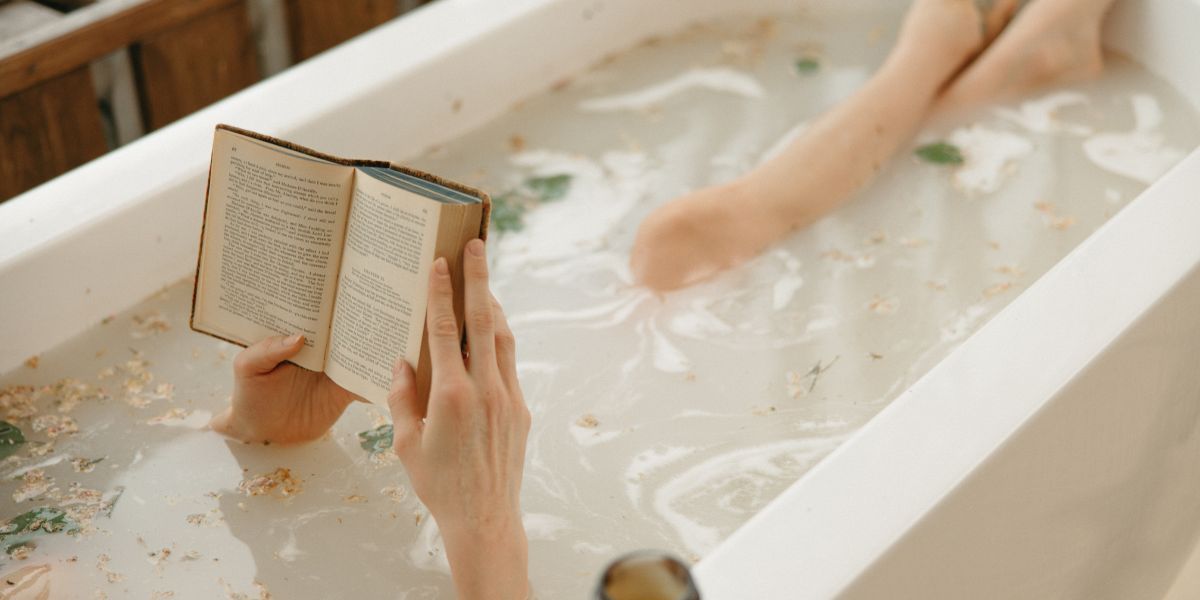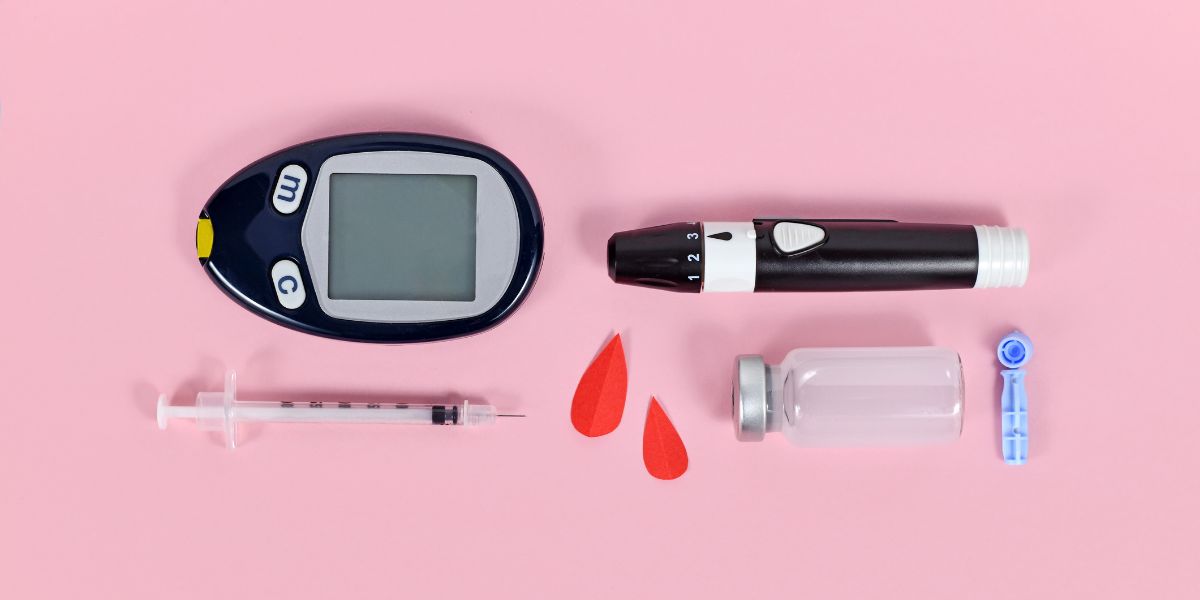Pumps are designed to be able to deal with some moisture but not all pumps are intended to be immersed in water.
When it comes to bathing or showering there are two main options. The first is to disconnect your insulin pump whilst you are having your shower or bath.
The second option is to keep your pump on, but you may need to take precautions to prevent your pump either getting wet or getting too warm.
Warm baths and showers
If you are having a warm bath or shower, it is important to note that your body may absorb insulin more quickly than usual and you may need to take precautions to prevent a hypo from occurring.
Exposure of your insulin pump to hot temperatures for extended periods of time could spoil the insulin inside the pump. If you are using a hot tub or sauna, it is advisable to disconnect your insulin pump and leave it in a cooler and dry place. Check the owner manual for specific information on ideal operating temperatures for your pump.
Disconnecting your pump for a bath or shower
If you are disconnecting the pump, you will need to be aware of how your blood glucose levels will respond
It is recommended that you do not keep your pump disconnected for over an hour to prevent your body from developing higher levels of ketones in the blood. If you are having a quick shower, this shouldn’t normally be a problem. If you are having a longer shower or a bath, then it is important to see how your blood sugar levels respond.
Your blood glucose levels may rise, and sometimes fall, at different rates depending on a number of factors including:
- How close to a meal you disconnect the pump
- How much activity you have taken during the day
- How warm your bath or shower is.
Testing your blood sugar levels before and after disconnecting your pump for a bath or shower will help you to see how your body responds to being disconnected from your pump.
Some people will deliver a bolus before disconnecting for bathing but it’s important to do this only if you know it’s safe to do so and won’t raise the risk of a hypo. As noted above, a warm bath or shower may speed up the rate at which your body absorbs insulin that is already in your body, so you will need to take this into account too.
Keeping your pump attached for a bath or shower
You can keep your pump attached when you are having a bath. There are a few options for what to with your pump if you are keeping it connected.
- Securely held on a shelf
- On the floor beside the bath
- On a pouch that can be hung
You can place your insulin pump on a shelf if it is held securely. You may wish to install a shower storage basket at a convenient height for bathing to hold your pump. If the pump could slip out, you may need to make some modifications before use.
Another option is simply to lay your pump on the floor beside the bath. It is a good idea to cover the pump with something like a towel in case there are any large splashes. You may also need to take care when getting out of the bath. Note that this option may require a longer set of tubing.
There are also waterproof pouches available which can be hung on a suitable rail or peg or hook, or can be worn around your neck when showering.
If wearing your pump for your bath or shower, you may need to check that the adhesive on the infusion set doesn’t wear away with the water. This isn’t usually a problem but is worth being aware of. It is also important to ensure that your pump does not get too warm when you’re in the bath or shower as this could affect the quality of the insulin.
Waterproof insulin pumps
There are some insulin pumps that have been designed to be waterproof. These pumps can be worn with less worry with regards to getting them wet.
However, it is still important not to expose these pumps to very warm water as this could have an impact on the effectiveness of the insulin.






